Open Book: John Jenkins of DECODE
The second installment in our series of interviews with small publishers delves into the changing landscape of print media
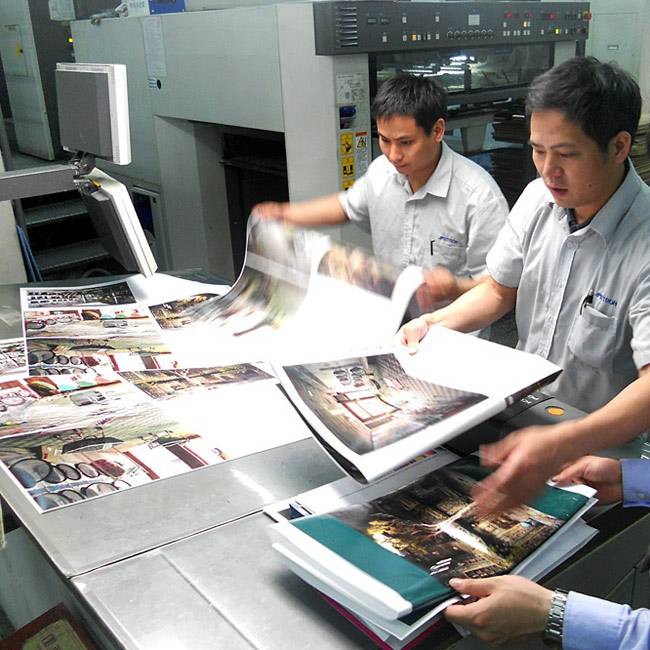
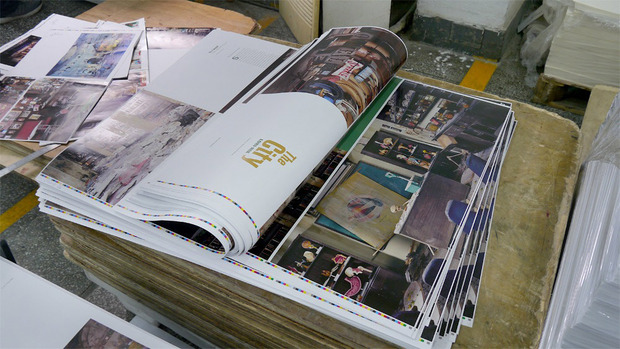
In the second installment of our series of interviews with small art book publishers leading up to the New York Art Book Fair running from 20-22 September, CH chatted with John Jenkins of Seattle-based DECODE. Jenkins weighs in on the ability of crowd-funding to engage with readers in ways like never before—sometimes even driving the direction of content.
How did you get your start in the publishing business?
I started after grad school working in educational publishing. My partner and I started DECODE in the early ’90s—designing and producing middle school and high school textbooks. I’ve always been fascinated with photography; being a photographer since high school and also a collector since college. Publishing photography monographs seemed a perfect way to merge my experience in the publishing industry, my love of design and my passion with photography.
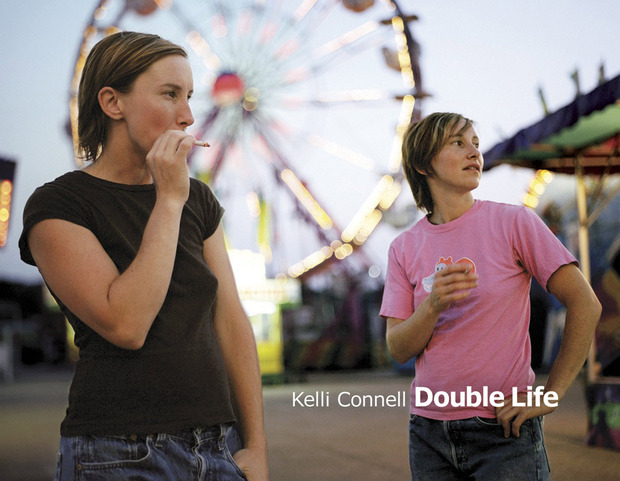
Changes in technology mean artists have more options for getting their work out there. Why is the book format still important?
Maybe it isn’t as important as it used to be. Traditionally, photography books were a way to see a body of work outside of an exhibition—they were a lasting documentation of a show. Now, there are new options of showing, promoting and exhibiting photography that weren’t around five years ago. And, there’s a new generation that has experienced photography only through their screens. So maybe we should re-examine why a three-dimensional book is still important.
It’s easier than ever now for artists to self-publish. How has this DIY approach changed publishing?
Being able to self-publish photography books has changed the photography book marketplace. Instead of 300 to 400 photography books being published each year by the major publishers, there are maybe 3,000 to 4,000 photography books being produced each year by the publishers and the self-publishers. However, expanding the marketplace hasn’t expanded the number of book buyers.
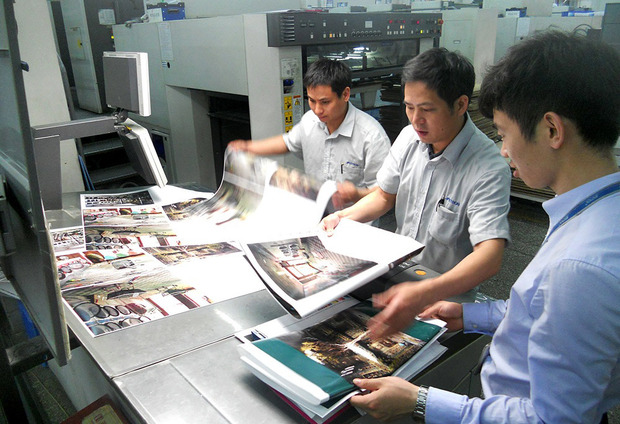
Publishing an art book is rarely a big money-making venture. What makes you want to invest in an artist’s work?
I want to invest in each book I publish because I believe in the work. It’s a two or three year process, from the initial contact to the design, production and printing of the book, to the promotion and selling of the book. I need to really believe in the work to want to commit that much time to the project.
What recent changes in publishing have you been most excited about adopting?
The most exciting changes in publishing over the last couple years have been the ways in which photography books are getting off the ground. Gone are the days in which publishers are the sole financiers of a new photography project. Kickstarter is being successfully used, not only by photographers wanting to self-publish and non-profits, but also by well established publishers such as Aperture and Kehrer Verlag to finance projects. Others are taking new approaches, such as Minor Matters who is gauging public support for a project before committing to publishing a book. I’m looking forward to see how these and other innovations will provide new opportunities for books to find their audience.
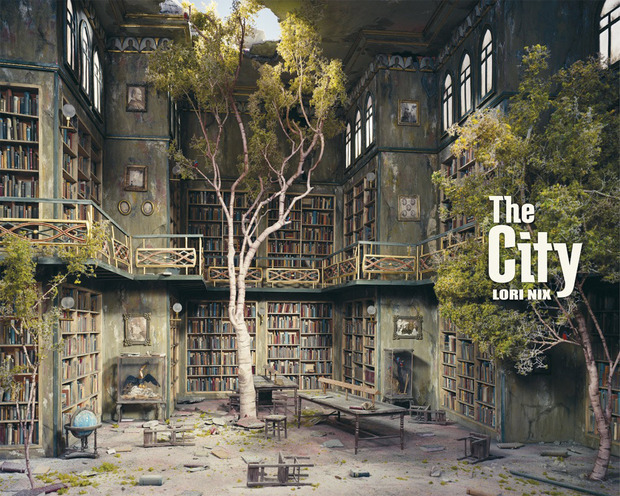
What projects are occupying your time these days?
Last month I released “The City” by Lori Nix. The response has been incredible, from the collector’s edition—which is close to selling out—to fulfilling the numerous signed book orders, to coordinating with Lori’s galleries for the upcoming fall shows. I can’t wait to start planning the releases for next year!
Images courtesy of DECODE












